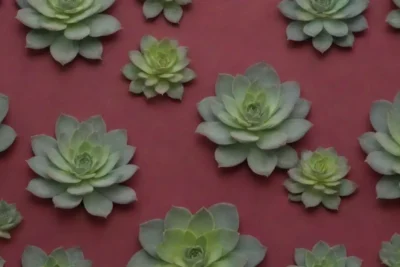
Ancient Cultures and Their Relationship with Succulent Plants

Introduction
The world of ancient cultures is a rich tapestry interwoven with various aspects of life, survival, spirituality, and nature. Among the natural world’s marvels, succulent plants stand out due to their unusual adaptations and striking aesthetics, captivating the minds of countless civilizations throughout history. These plants, with their water-storing capabilities and striking forms, have served various purposes, from practical uses such as sustenance and medicine to cultural significance and artistic inspiration.
This article aims to explore the intricate and multifaceted relationship between ancient cultures and succulent plants. We will delve into the ways in which these cultures interacted with succulents, the significance they attributed to them, and how these plants have influenced their societies. Through this exploration, we will uncover fascinating stories that link humanity’s heritage to these remarkable plants, culminating in a deeper appreciation for our botanical companions.
The Ecological Context of Succulent Plants
Succulent plants are primarily found in arid and semi-arid regions around the world. Their ability to store water in thick, fleshy tissues enables them to thrive in environments that are often inhospitable to other forms of life. The most common varieties of succulents include cacti, aloe, agave, and jades. Each of these has unique adaptations that allow them to survive prolonged droughts and fluctuating temperatures, making them a critical resource for the ancient peoples who inhabited these regions.
In places like the deserts of North America, the Sonoran Desert, and parts of South Africa, ancient cultures came to rely heavily on the natural resources available in their environments, including succulents. Their understanding of ecological systems enabled these societies to utilize these plants effectively, learning when and how to harvest them without depleting their populations. For instance, the Akimel O'odham, a Native American tribe, depended on the saguaro cactus not only for food—its flesh and fruit—but also for materials to create tools, fuel, and construction resources. This mutualistic relationship between humans and succulents highlighted the importance of sustainability in ancient cultures, showcasing a respectful relationship with nature.
Moreover, ancient cultures were acutely aware of the cyclical nature of the seasons, which dictated the growth patterns of succulent plants. The Hohokam culture, which thrived in the Arizona region, developed sophisticated irrigation systems, adapting their agricultural practices to the desert environment. They cultivated various crops alongside the native agave plants, effectively using them for food, fiber, and ceremonial practices. This profound understanding of the ecological intricacies allowed for the development of rich and diverse communities that thrived in the most challenging conditions.
Practical Uses of Succulent Plants in Ancient Cultures
Throughout history, the practical applications of succulent plants have been well-documented within numerous ancient cultures. Perhaps most notable is the agave, which played a pivotal role in Mesoamerican civilizations. The Aztecs and Mayans utilized agave not only as a source of sustenance but also for its fibrous leaves, which were woven into textiles, ropes, and even paper-like material known as amatl. Its juice, called pulque, was fermented to create an alcoholic beverage that held significant social and religious importance, being integral to various rituals and celebrations.
Similarly, the aloe vera plant was revered in ancient Egypt. Aloe is often regarded as the ‘plant of immortality,’ symbolizing beauty and protection. The Egyptians used aloe's thick, succulent leaves for medicinal purposes, understanding its healing properties long before modern science confirmed them. Records from ancient Egyptian texts describe aloe applied to wounds and utilized in embalming practices, indicating its cultural significance within both daily life and afterlife rituals.
 Deep Dive into Succulent Adaptations: A Historical Perspective
Deep Dive into Succulent Adaptations: A Historical PerspectiveBeyond practical applications, succulent plants served as food sources for various ancient cultures. In the Southwestern United States, indigenous tribes harvested cacti fruits, such as prickly pear, providing essential nutrients in their diets, especially during harsh conditions when other food sources were scarce. The fruits were often consumed fresh or dried for later use, making them an integral component of food preservation.
Symbolic and Spiritual Significance of Succulents
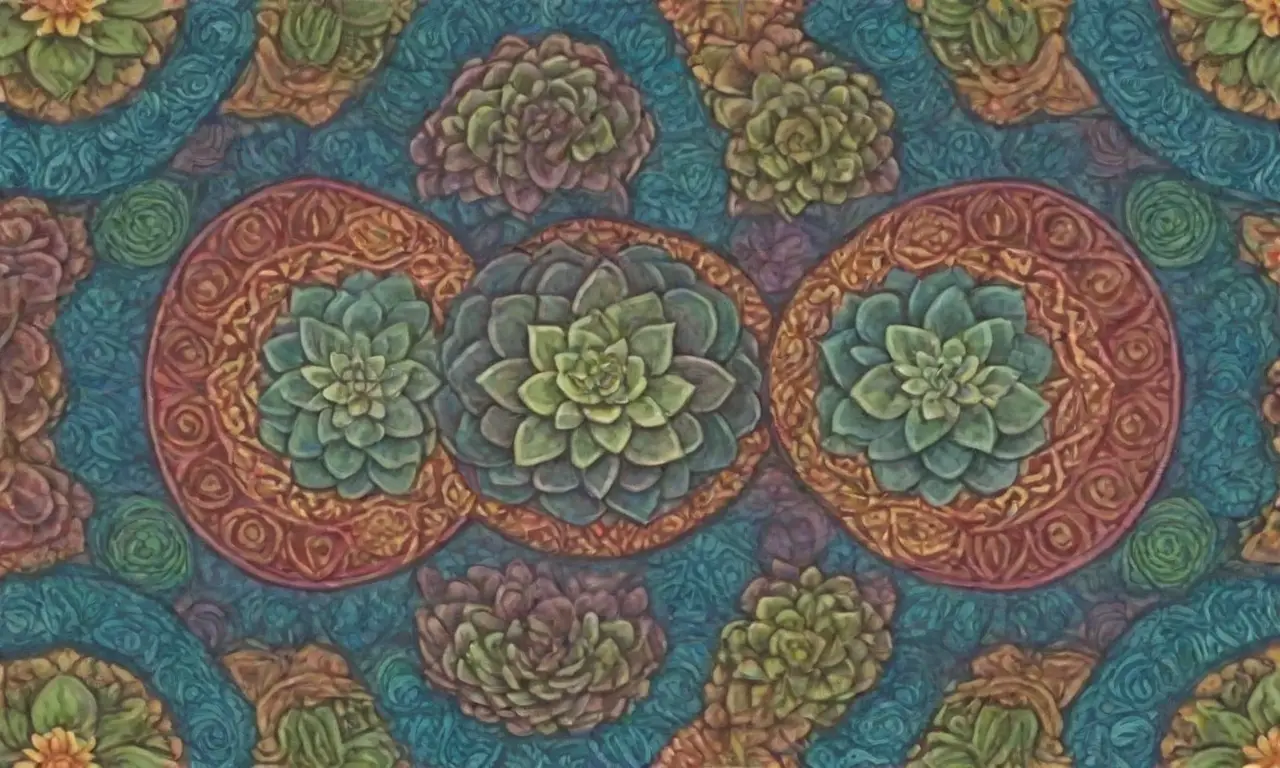
In addition to their practical uses, succulent plants also held symbolic and spiritual significance for many ancient cultures. For instance, in the context of the Aztec civilization, the Nopal cactus held a deep cultural meaning. It represented resilience and survival, as it thrived in harsh landscapes. In their cosmology, the Nopal was linked to the founding of Tenochtitlán, where an eagle perched on a cactus was interpreted as a divine sign. Consequently, this image became a central emblem of Mexico, symbolizing national identity and cultural pride.
The aesthetics of succulents also played a crucial role in ancient societies. The visual appeal of their unique forms and vibrant colors inspired art and architecture. For example, many Māori in New Zealand would use the aloe plant in ornamental gardens and rituals, symbolizing protection and hospitality to visitors. Thus, the incorporation of succulents into public spaces also underscored their cultural importance, fortifying social bonds and community identity.
Moreover, various ancient cultures ascribed medicinal properties to succulents beyond mere sustenance. Among various indigenous peoples, including Native American tribes, succulents were often utilized in herbalism. The jelly-like substance of the aloe vera leaf, for example, was believed to heal cuts, soothe burns, and alleviate ailments—a practice grounded in ancient shamanic traditions that viewed plants as vital communicants in the spiritual realm. Such beliefs reveal a deep connection to nature, wherein succulents were not merely seen as resources but as participants in a broader spiritual narrative.
The Artistic and Cultural Representation of Succulents
Artistic expression has often found inspiration in the natural world, and succulent plants have been a constant theme across various ancient cultures. For instance, pre-Columbian art frequently depicted cacti and agave motifs, indicated in pottery, weaving, and sculptures. These representations celebrate the beauty and uniqueness of these plants, underscoring their significance in both the cultural and spiritual lives of ancient peoples.
In the Pacific Islands, succulent plants like kalanchoe were used in traditional crafts, often incorporated into ceremonial implements and offerings. The intricate carvings and decorations displayed the deep reverence for the plants that sustained them, transforming simple resources into symbols of cultural identity and heritage. The use of these materials continued to serve as an emblem of connection between generations, where the ancient knowledge and practice were passed down through artistic means.
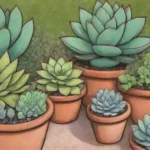 The Role of Succulents in Traditional Landscaping Designs
The Role of Succulents in Traditional Landscaping DesignsMoreover, succulents have transcended their original forms, becoming a part of mythology in many cultures. In Native American folklore, for example, many stories personify plants, granting them powers and traits that reflect their resilience and adaptability. These narratives teach lessons about the natural world, survival, and the intertwining of human and environmental destinies, often featuring succulent plants as central figures.
Even today, the legacy of these ancient cultures verses continues in contemporary horticulture, where succulents are not just cultivated for personal enjoyment but are celebrated for their historical importance. They have drawn the attention of gardeners and scholars alike, as the rich past intertwined with their essence reveals stories of resilience, adaptability, and the acknowledgment of nature’s gifts.
Conclusion
The relationship between ancient cultures and succulent plants reveals an interdependence that transcends mere utility; it reflects deep-seated appreciation and reverence for flora that has significantly shaped human experience. Just as ancient peoples learned to harness the practical benefits of succulents, they imbued these plants with symbolism and meaning, establishing a legacy that persists far beyond their time.
As we explore the histories of these plants and their interactions with civilizations, we realize that their enduring presence in our lives echoes through the ages. Today, as we turn to succulents in gardens, homes, and art, we unintentionally participate in a lineage that connects us with agricultural and spiritual wisdom of those who came before.
Furthermore, acknowledging this relationship encourages a deeper understanding of how ancient knowledge and practices can inform our current approaches to sustainability and environmental awareness. By cherishing these watery wonders, we nurture not only our gardens but also the heritage of human-cultural interplay with nature, celebrating ancient wisdom for generations to come.
If you want to read more articles similar to Ancient Cultures and Their Relationship with Succulent Plants, you can visit the Succulent history category.

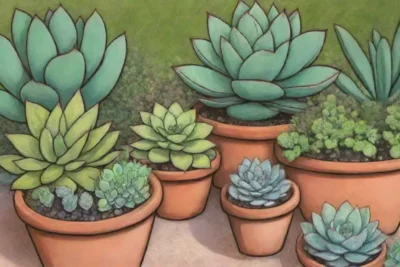
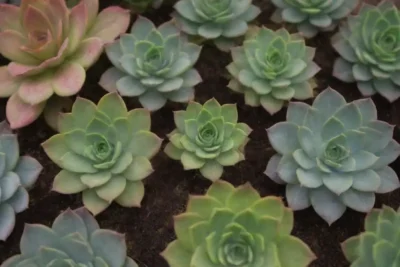
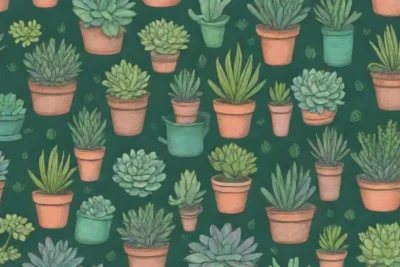
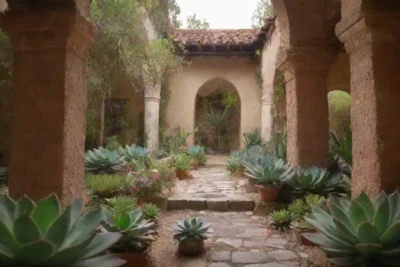
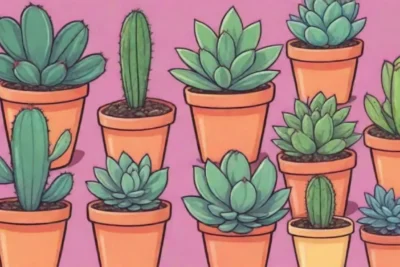
You Must Read